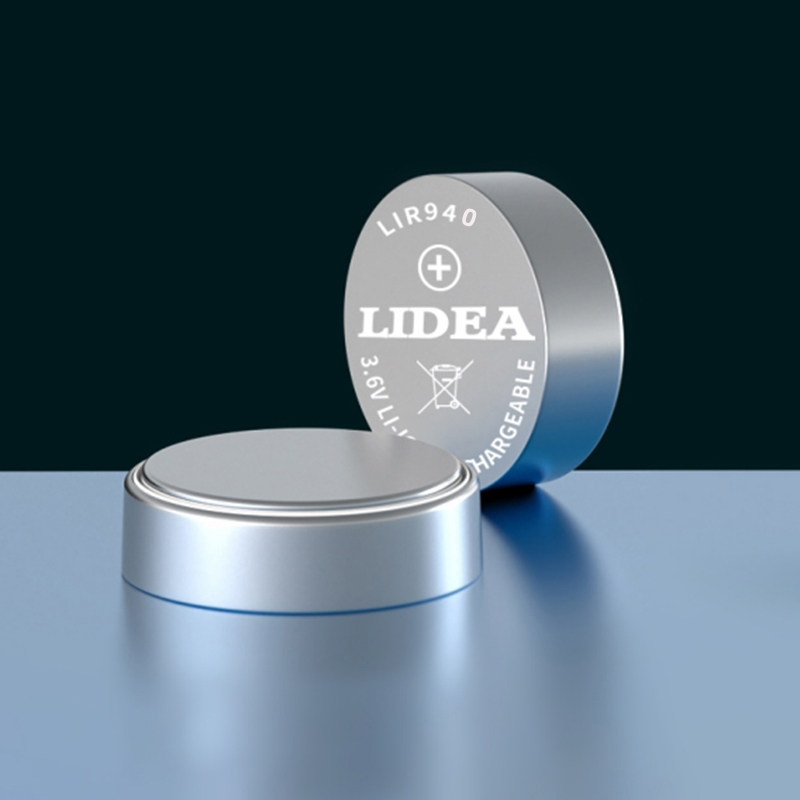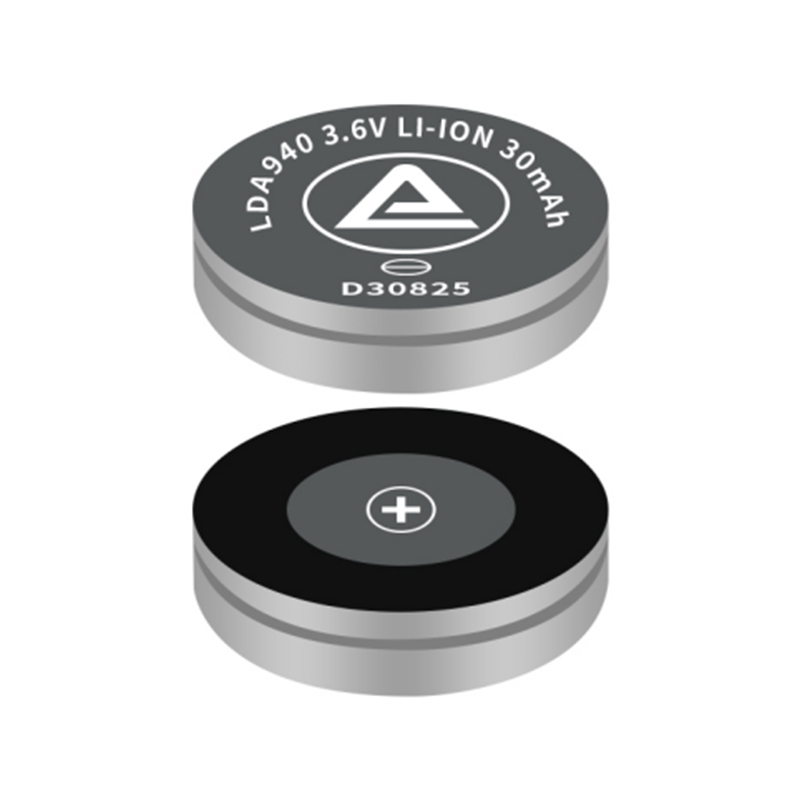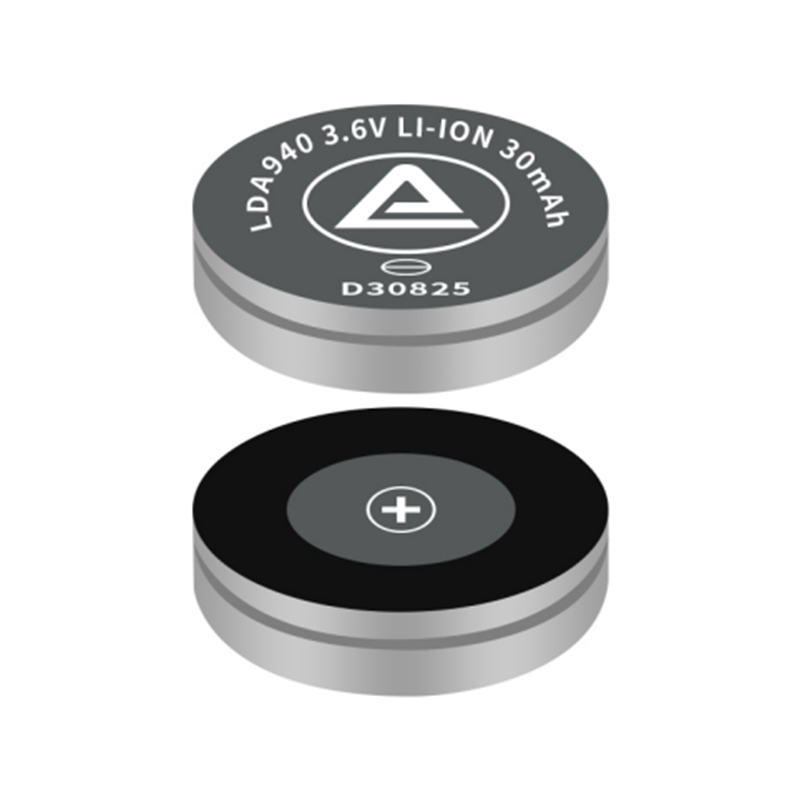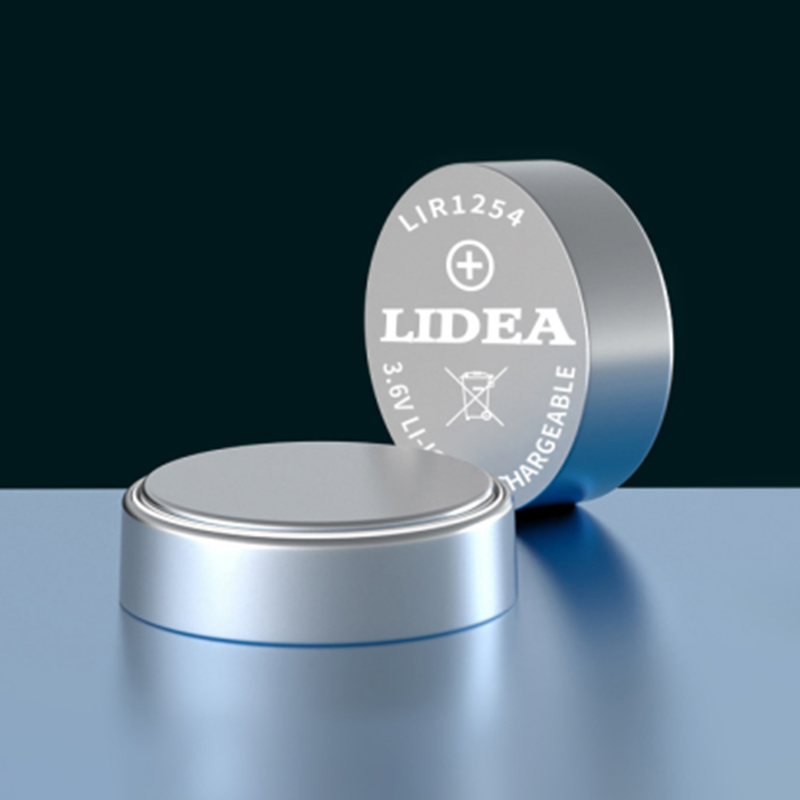News
-

How can Bluetooth headset button batteries maintain stable output performance and lifespan despite frequent charging and discharging?
In today's world where true wireless Bluetooth earbuds are increasingly becoming necessities in daily life, their core energy source—the micro-button lithium battery—is silently enduring the test of high-frequency, short-cycle, and irregular charging and
Learn More2025-11-06 -

How do hearing aid batteries ensure their reliability and prevent missed critical moments through low self-discharge?
For users who rely on hearing aids, hearing is not only a way to perceive the world, but also a lifeline for communication, dignity, and safety.
Learn More2025-11-05 -

How to Extend the Battery Life of IoT Devices with IoT Batteries?
With the rapid development of IoT technology, a large number of terminal devices are deployed in remote, concealed, or hard-to-reach environments, and their continuous and stable operation heavily relies on IoT battery power.
Learn More2025-10-30 -

Will high temperatures affect the lifespan of the OWS headset battery?
As a type of wearable audio device, the integrated OWS headset battery in open wireless stereo (OWS) headphones is subject to complex environmental challenges during long-term use. High temperatures are one of the most significant factors affecting batter
Learn More2025-10-29 -

Can IoT batteries monitor battery health through wireless signals and provide early warning of replacement needs?
In the era of the Internet of Everything, IoT devices are spreading at an unprecedented density throughout cities, farmlands, factories, and infrastructure.
Learn More2025-10-23 -

Does the lithium battery have no memory effect, allowing it to be recharged at any time without affecting its lifespan?
Learn More2025-10-22

